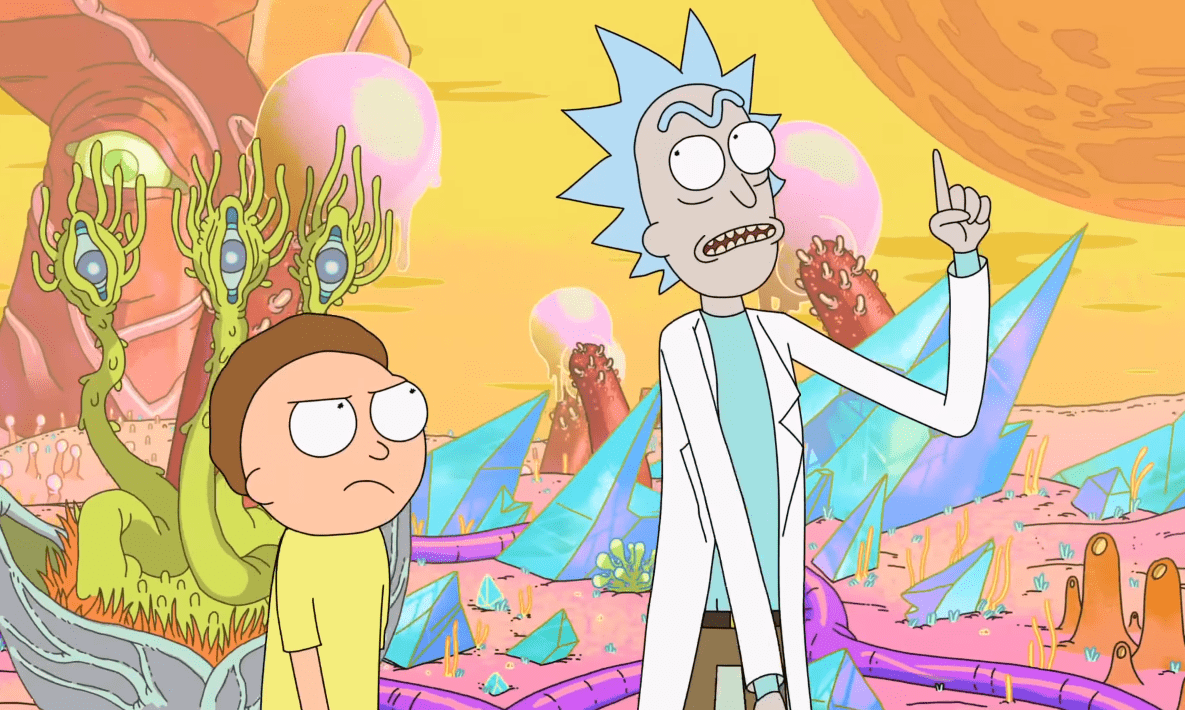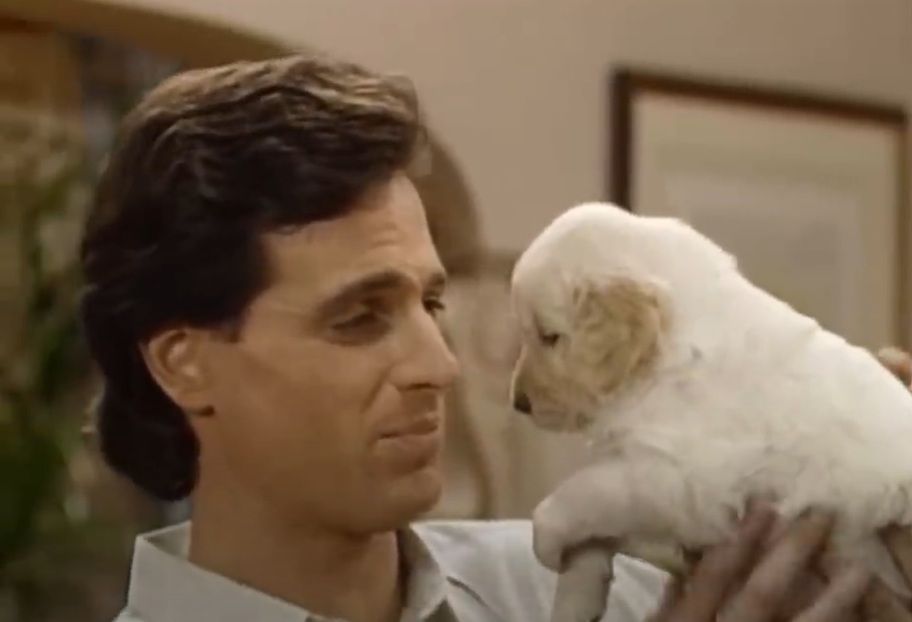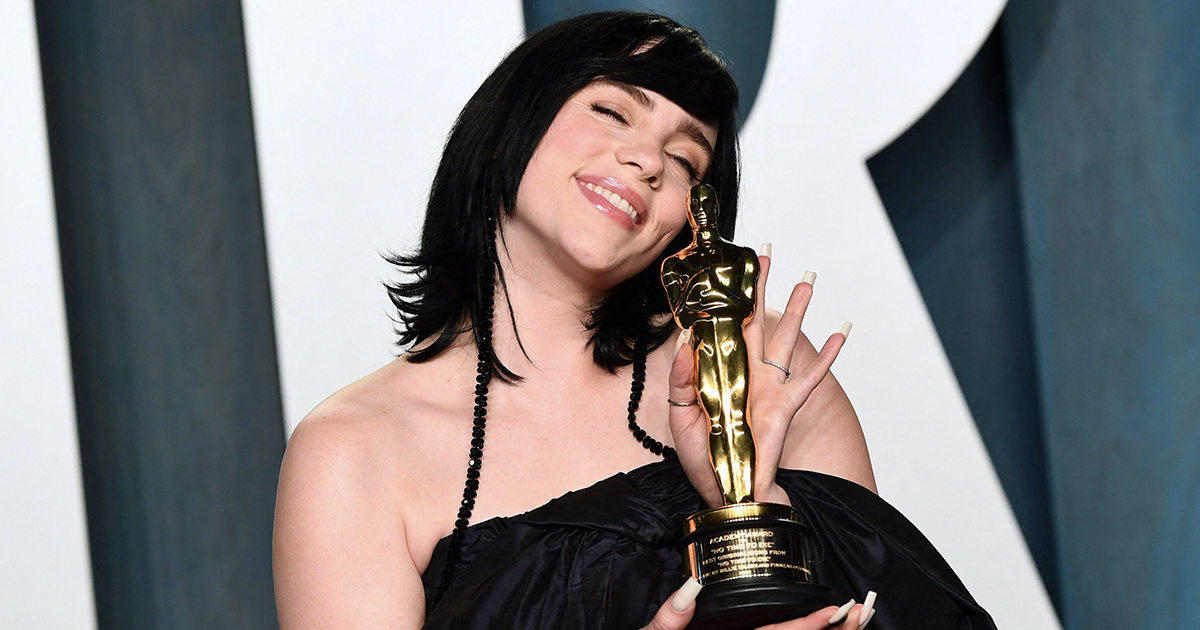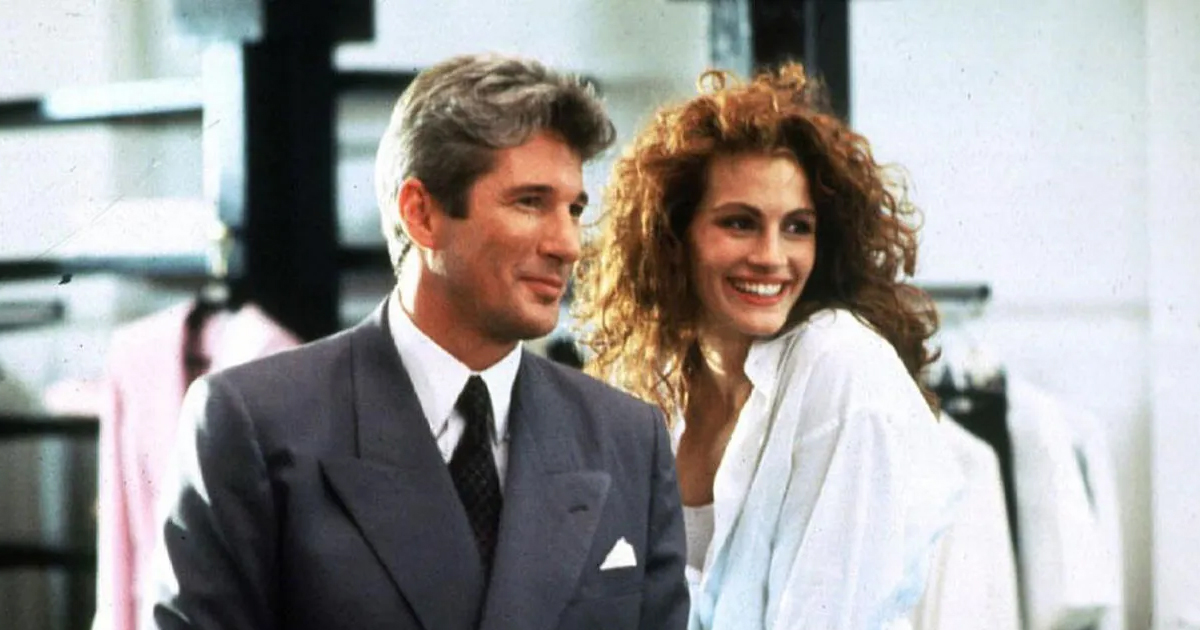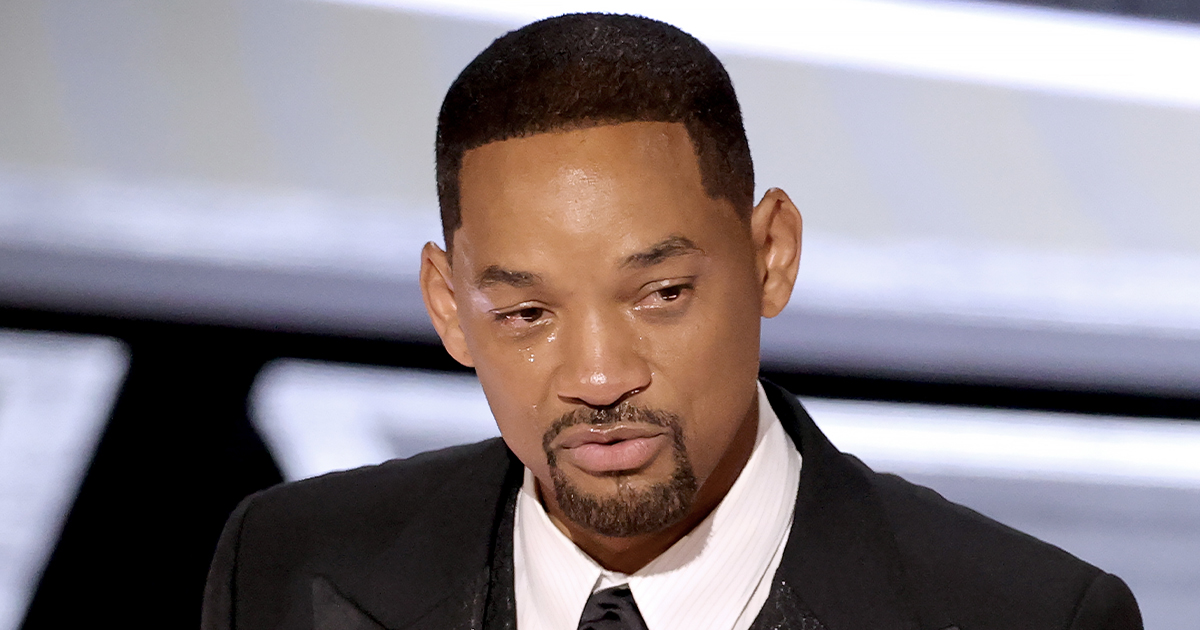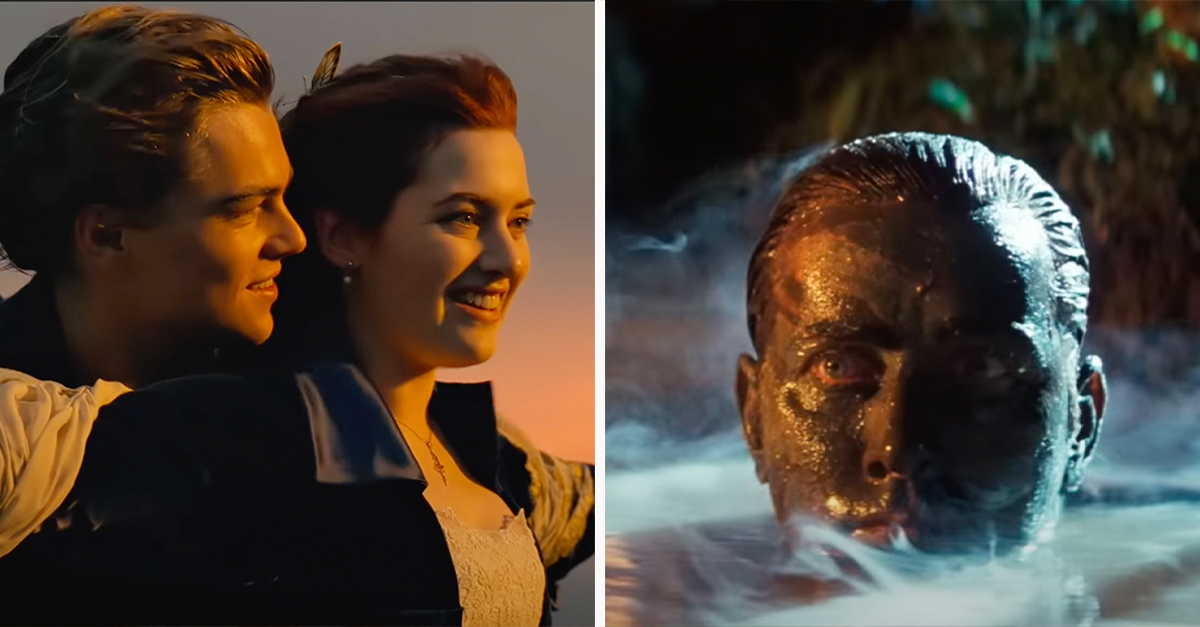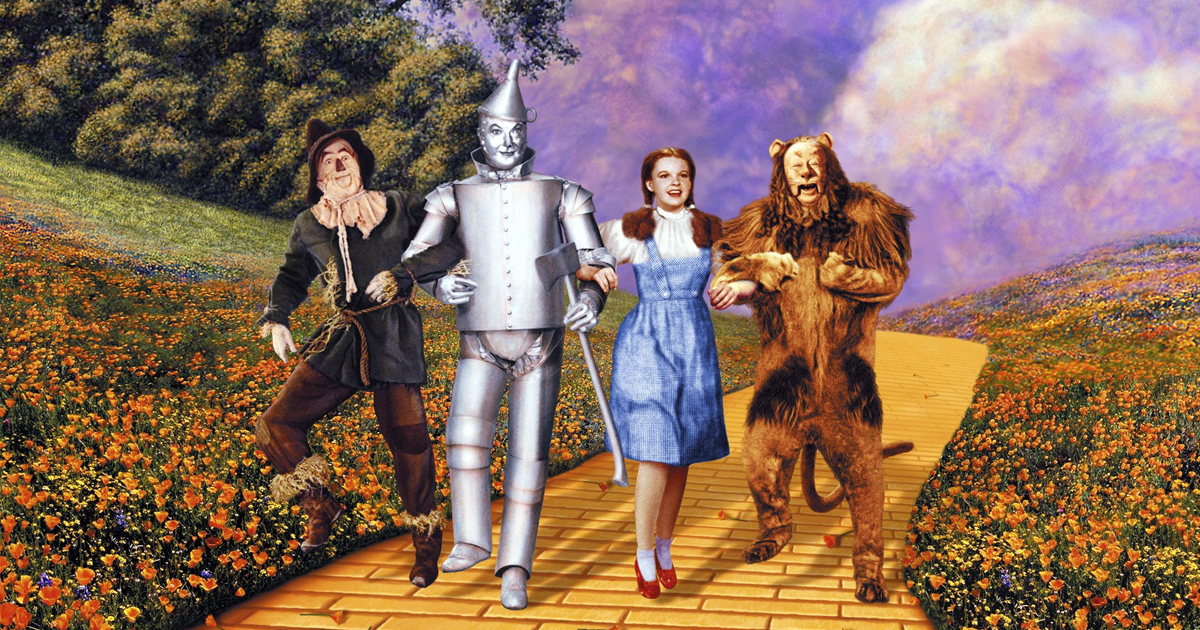More Than Just Laugh Tracks And Cliffhangers
TV shows feel like old friends. You know the jokes, the twists, and maybe even the bloopers. But behind every scene, there’s a story you didn’t see. Some surprising, but others? Downright weird.
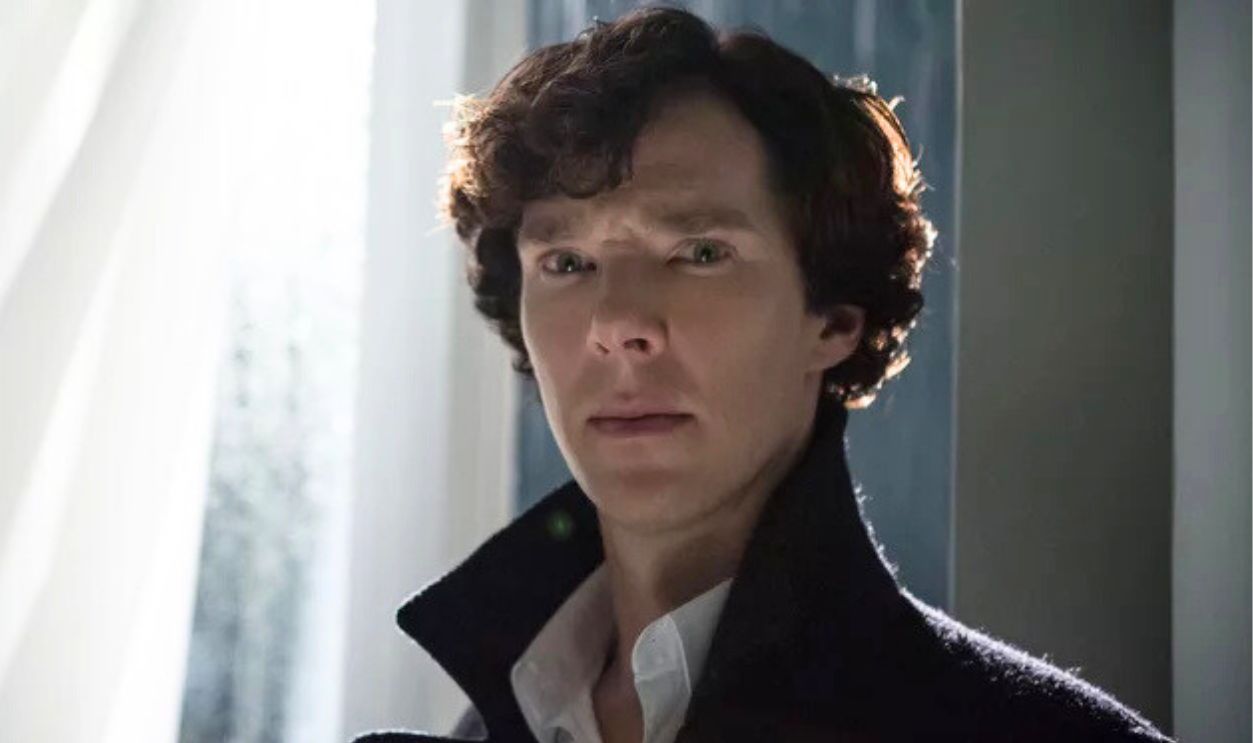
Friends (1994–2004)
We know the fountain, don't we? However, did you know that a rooftop party scene with a view of Los Angeles was the original plan? Unfortunately, the concept was abandoned because of the dangers of wind and weather. Instead, the producers decided to use a fountain from the 1930s.
 'I'll Be There For You' (Friends Theme Song) by Friends
'I'll Be There For You' (Friends Theme Song) by Friends
The Fresh Prince Of Bel-Air (1990–1996)
Interestingly, in The Fresh Prince of Bel-Air, Jada Pinkett Smith was deemed too short to appear opposite Will Smith when she attempted to play Lisa Wilkes, Will's girlfriend. Although Nia Long eventually got the job, this turn of events gave her other chances.
 Lisa’s outfits in season 5 of The Fresh Prince of Bel-Air❤️❤️ by Josy Kass
Lisa’s outfits in season 5 of The Fresh Prince of Bel-Air❤️❤️ by Josy Kass
Full House (1987–1995)
The twins Ashley and Mary-Kate Olsen were cast as Michelle Tanner in order to balance production demands with child labor restrictions. Longer filming times were made possible by this ingenious solution, which also complied with regulations intended to safeguard young actors.
 Mary-Kate and Ashley season 4 scene switches by Kitanaa
Mary-Kate and Ashley season 4 scene switches by Kitanaa
Seinfeld (1989–1998)
The infamous "Soup Nazi" character was inspired by a real-life New York soup vendor known for his strict ordering rules. Patrons had to adhere to specific protocols or risk being denied service. Maybe we wouldn't have this gem if they had tweaked it. Yikes.
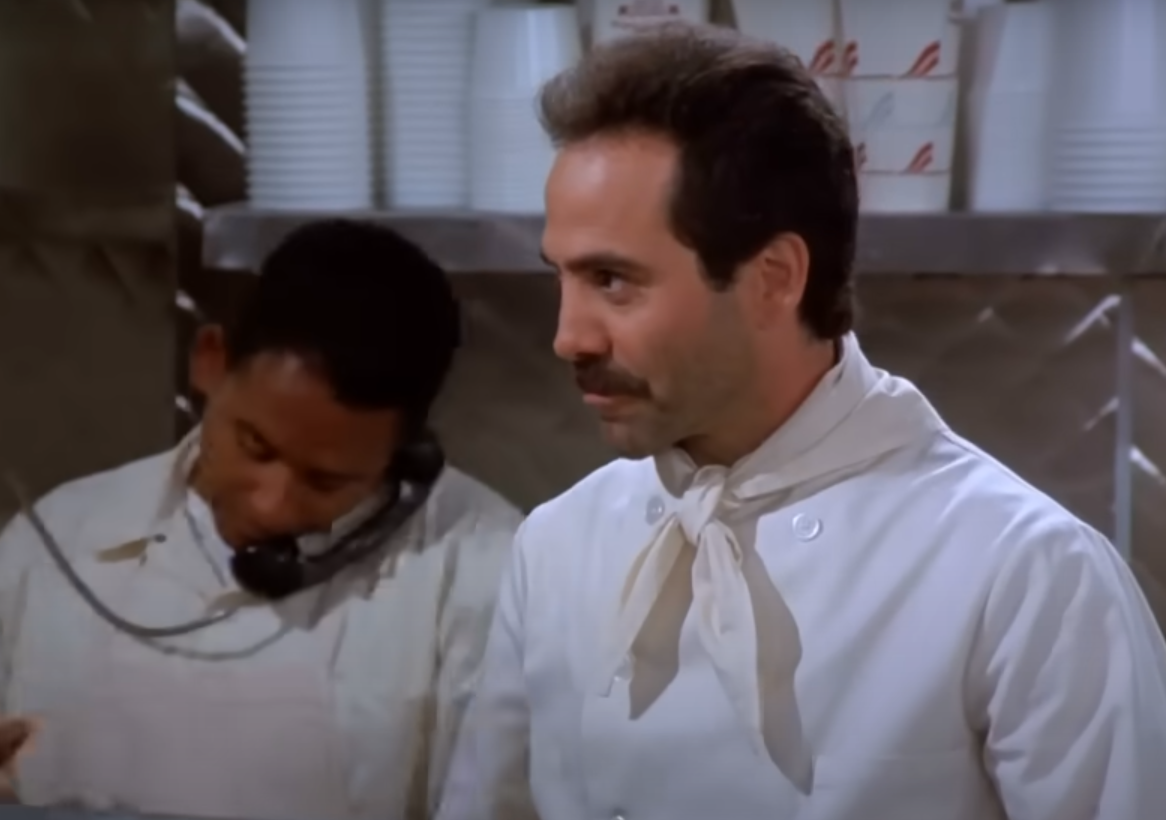 Castle Rock, Seinfeld (1989–1998)
Castle Rock, Seinfeld (1989–1998)
The Brady Bunch (1969–1974)
The alleged off-screen chemistry between Barry Williams (Greg) and Maureen McCormick (Marcia) added intrigue to their on-screen sibling relationship. Their real-life dating history brought a nuanced authenticity to their interactions, unbeknownst to the audience then.
 Greg and Marcia Battle over the Attic! by The Brady Bunch
Greg and Marcia Battle over the Attic! by The Brady Bunch
Happy Days (1974–1984)
Originally included in the opening credits, "Rock Around the Clock" was replaced by the now-famous "Happy Days" theme by season three. This change solidified the show's position in pop culture history by giving it a distinct musical identity and propelling it up the Billboard charts.
 Happy Days Intro - Rock Around The Clock (Best Quality) 1974 by VHS Hunt
Happy Days Intro - Rock Around The Clock (Best Quality) 1974 by VHS Hunt
The Mary Tyler Moore Show (1970–1977)
In order to reflect and contribute to the growing conversations about women's autonomy in the 1970s, the show pioneered the use of contraception pills in its plot. This slow incorporation showed how committed the series was to addressing contemporary social issues.
 Mary Tyler Moore: The Pill by Alexandria248
Mary Tyler Moore: The Pill by Alexandria248
Cheers (1982–1993)
Despite its eventual success, Cheers faced potential cancellation after a rocky start, ranking 77th out of 100 shows during its premiere. Persistent belief from NBC executives and critical acclaim allowed it to flourish into one of television's most beloved sitcoms. They saw the beer glass half full.
 Cheers | Cold Opens: Season 1 | Paramount+ by Paramount Plus
Cheers | Cold Opens: Season 1 | Paramount+ by Paramount Plus
Gilligan's Island (1964–1967)
Since filming took place in the aftermath of President Kennedy's passing, the American flag was subtly raised when the SS Minnow leaves the harbor in the opening credits. This particular element gives the show's humorous concept a somber historical backdrop.
The X-Files (1993–2018)
A chilling truth? Mark Snow created the show's eerie theme music by happy accident. Snow discovered the echo effect that would establish the ghostly tone of the series and lay the groundwork for its defining mystery by resting his hand on the modulation wheel of a piano.
 The X-Files Intro (1993) by ThisOldVideo
The X-Files Intro (1993) by ThisOldVideo
Breaking Bad (2008–2013)
Walter White’s signature blue drug? It’s actually just dyed rock candy. In addition to being aesthetically alluring, the color scheme emphasizes the show's meticulous attention to detail by signifying purity and danger. Even with the science, the drama's chemistry was still incredibly gripping.
 Walter Cooks With Gale | Sunset | Breaking Bad by Breaking Bad & Better Call Saul
Walter Cooks With Gale | Sunset | Breaking Bad by Breaking Bad & Better Call Saul
Lost (2004–2010)
The infamous numbers—4, 8, 15, 16, 23, 42—weren’t random. The Becker-Hagens Planetary Grid System was tied into real-world enigma-solving puzzles. Although the authors acknowledged that they were first used as a narrative device, fans were fixated on their meaning and how mystery may take on a life of its own.
 LOST | 4 8 15 16 23 42 Execute by watch42execute
LOST | 4 8 15 16 23 42 Execute by watch42execute
The Sopranos (1999–2007)
Not merely a peculiar accent, Tony's ducks represented his worst anxieties. His panic reaction following their flight reflected his fear of losing his loved ones. The psychological intricacy of the show was deftly alluded to by this minor detail. Every aspect of The Sopranos was deliberate, including the animals.
 The Sopranos Episode 1 Ducks Depart The Pool & Tony Has a Panic Attack by sopranosblog
The Sopranos Episode 1 Ducks Depart The Pool & Tony Has a Panic Attack by sopranosblog
Twin Peaks (1990–1991, 2017)
"The owls are not what they seem". By connecting the otherworldly to the town's hidden tragedies, this enigmatic word became Twin Peaks's unsettling defining characteristic. Owls frequently preceded odd occurrences, which strengthened the notion that supernatural forces were hiding beneath the town's outward appearance.
 TRIBUTE TO TWIN PEAKS - THE OWLS ARE NOT WHAT THEY SEEM - 4K by RINKI
TRIBUTE TO TWIN PEAKS - THE OWLS ARE NOT WHAT THEY SEEM - 4K by RINKI
Dexter (2006–2013, 2021–2022)
"Dark Passenger" is a psychological creation with scientific foundations. It represents the struggle with inner desires and is influenced by ideas such as psychopathy, trauma, and dissociative identities. In contrast to impetuous murderers, Dexter adheres to a rigid moral code that compels viewers to examine their own moral limits.
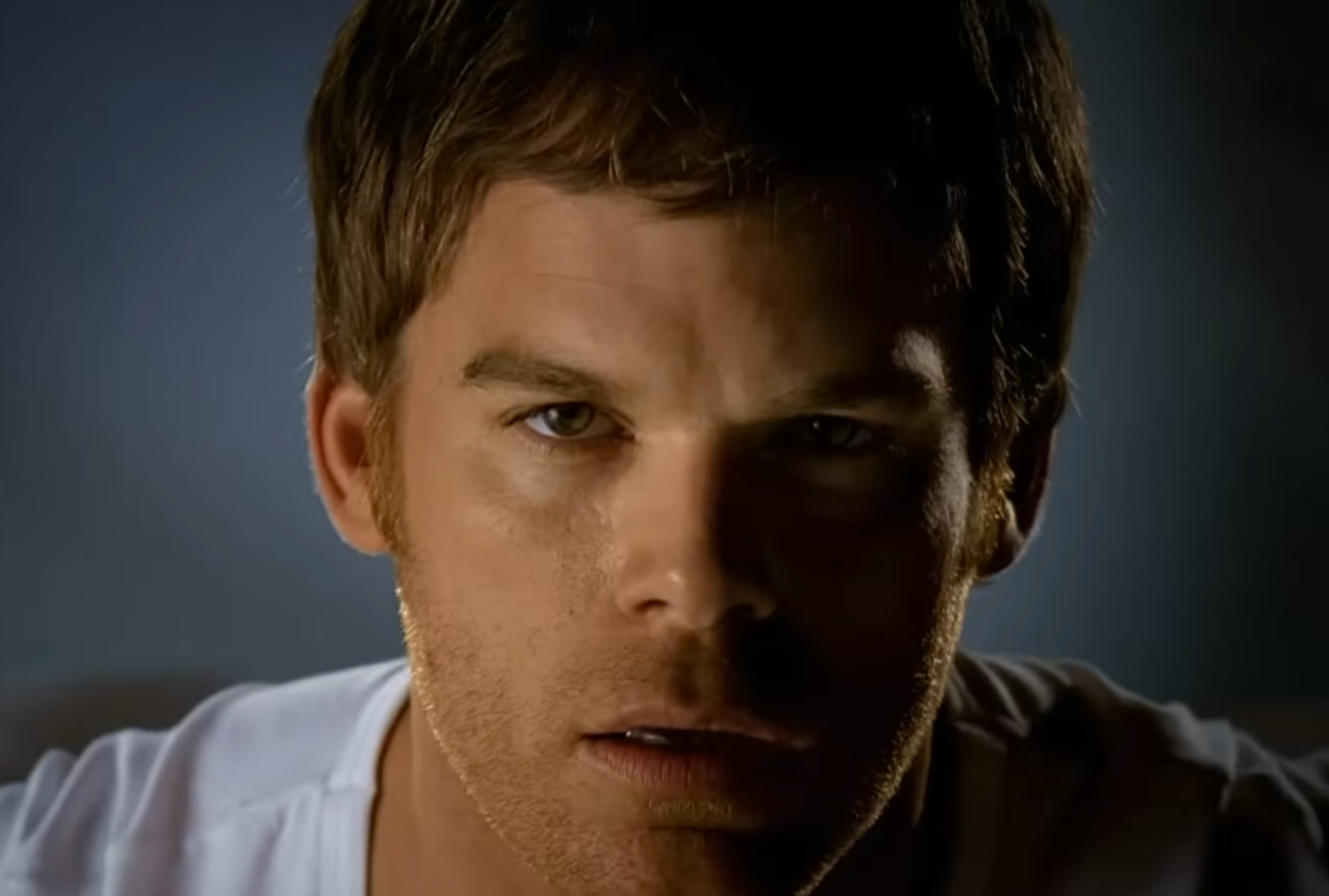 John Goldwyn Productions, Dexter (2006-13)
John Goldwyn Productions, Dexter (2006-13)
Sherlock (2010–2017)
Benedict Cumberbatch’s lightning-fast deductions resulted from training the actor with memory experts to master Sherlock’s "mind palace" technique. This method, used by real memory champions, made his rapid-fire logic feel disturbingly accurate.
 Mary shoots sherlock | mind palace scene by Mr khan
Mary shoots sherlock | mind palace scene by Mr khan
House, MD (2004–2012)
Do you think we're done with Holmes? Not quite yet. In actuality, House's character was modeled after Sherlock Holmes, too, down to the address (221B Baker Street, although Holmes lived at 221B). His propensity for substance abuse, antisocial behavior, and deductive genius were all comparable.
 I Quit...| House M.D. by House M.D.
I Quit...| House M.D. by House M.D.
Stranger Things (2016–Present)
The "strange" fact is that the show Stranger Things was based on actual government experiments. The Montauk Project—a purported military initiative investigating psychic warfare—was the source of the show's concept. This uncanny link added to the unnerving conspiracy notions in the project.
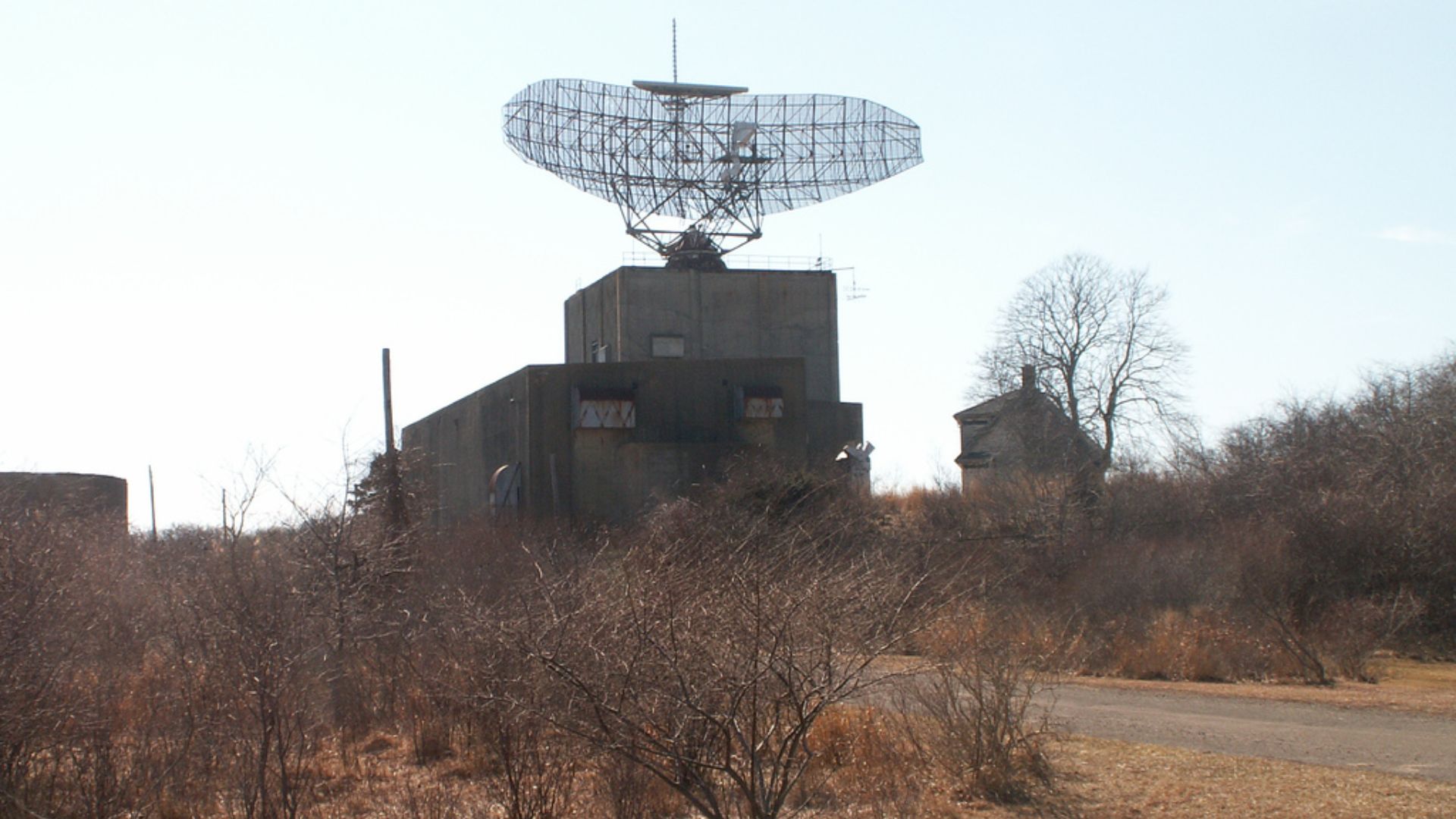 User:Americasroof at English Wikipedia, Wikimedia Commons
User:Americasroof at English Wikipedia, Wikimedia Commons
The Walking Dead (2010–2022)
To keep deaths startling, the cast of the series was never given whole scripts. In order to make sure their reactions felt genuine and unscripted, actors frequently found out about their character's death just before filming. Every episode felt like a post-apocalyptic survival because of this unpredictability.
 The Walking Dead Season 11 Teaser | 'The Final Episodes' | Rotten Tomatoes TV by Rotten Tomatoes TV
The Walking Dead Season 11 Teaser | 'The Final Episodes' | Rotten Tomatoes TV by Rotten Tomatoes TV
The Simpsons (1989–Present)
Did you ever notice that all of the characters have four fingers? They adopted the designer's idea because it saves them time. The motion was smoothed out and accelerated by animating a thumb and three fingers. Just one exception? Jesus and God both have five fingers to distinguish them.
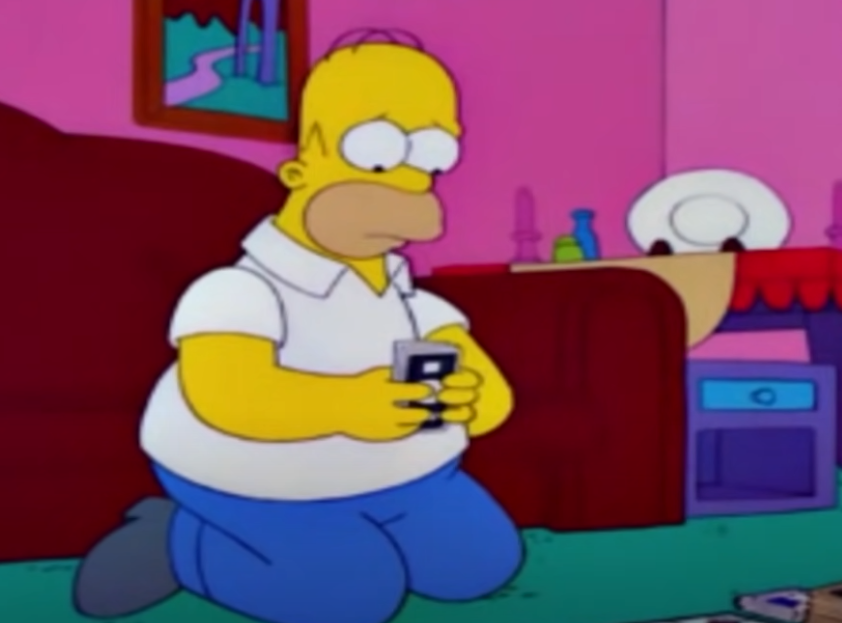 Gracie Films, The Simpsons (1989-)
Gracie Films, The Simpsons (1989-)
Futurama (1999–2013, 2023–Present)
A lucky happenstance gave rise to Bender's sardonic voice. At the last minute, John DiMaggio changed his tone from his usual robotic audition to a drunken, rough one. Bender became an iconic, beer-guzzling antihero as a result of that choice. It makes him one of the biggest icons of animation.
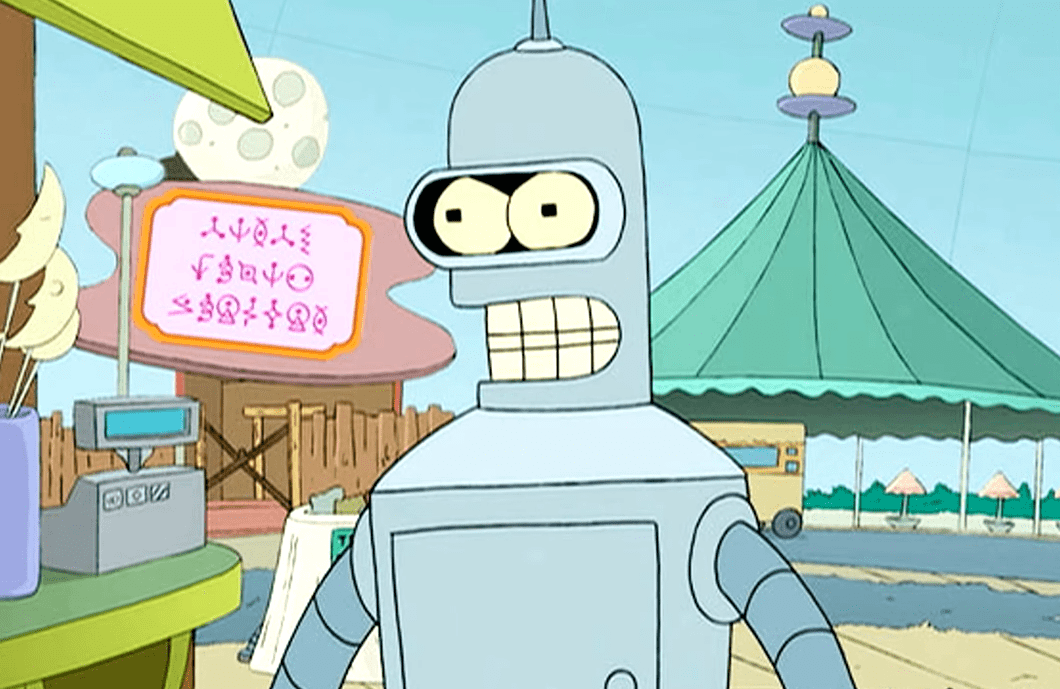 Futurama, 20th Century Fox Television
Futurama, 20th Century Fox Television
Family Guy (1999–Present)
Stewie's accent is a clear nod to My Fair Lady's Rex Harrison. His ridiculous genius persona is enhanced by the sophisticated yet sinister tone, which is made funnier when he is confined to a baby's world. He purposefully contrasts his toddler-sized reality with his highly expressive vocabulary.
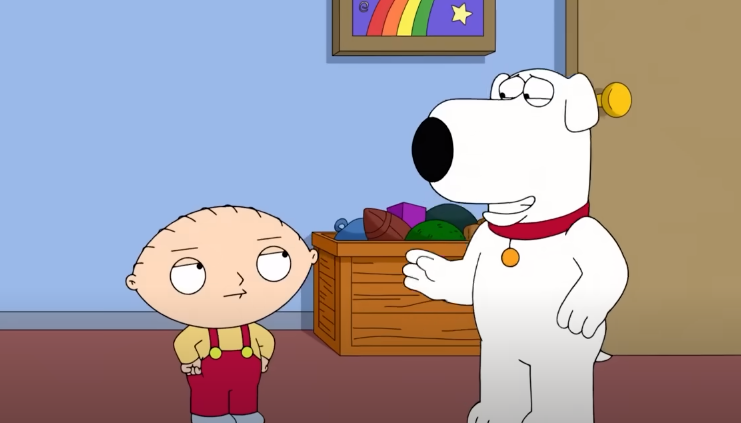 Fuzzy Door Productions, Family Guy (1999 - Present)
Fuzzy Door Productions, Family Guy (1999 - Present)
South Park (1997–Present)
Did you know that it takes roughly a week to create a South Park episode? South Park's rudimentary animation approach enables incredibly quick turnarounds in contrast to other animated series that require months to develop. Because of its pace, the show can address current events with uncanny accuracy.
 South Park - Mountain Town - Opening Scene from Bigger Longer & Uncut 1080P HD by SouthPark
South Park - Mountain Town - Opening Scene from Bigger Longer & Uncut 1080P HD by SouthPark
Rick And Morty (2013–Present)
The burps we hear from Rick are completely real. Justin Roiland, Rick’s voice actor, actually chugs beer and carbonated drinks while recording. That spontaneous, disgusting belch is as authentic as it gets, adding to Rick’s unfiltered, chaotic persona. No sound effects—just pure method acting at its grossest.
BoJack Horseman (2014–2020)
The animal puns used are ingrained in the world's DNA and are not merely whimsical. Every element, from a whale hosting a news show to the "Manatee Fair" magazine, serves to highlight the anthropomorphic ridiculousness. BoJack Horseman is one of the most immersive worlds in animation because of its meticulous world-building.
 BoJack Horseman - Randy by Ido Cohen
BoJack Horseman - Randy by Ido Cohen
SpongeBob SquarePants (1999–Present)
Bikini Bottom hides a dark truth. It is located beneath the actual nuclear test site of Bikini Atoll. This unsettling element adds an unexpected twist to the ridiculous charm of SpongeBob and his friends by implying that they may be mutant sea animals. Who knew that such a whimsical world could have such a gloomy beginning?

Avatar: The Last Airbender (2005–2008)
While waterbending is influenced by Tai Chi, firebending is modeled after Northern Shaolin. And while airbending is inspired by Baguazhang, which is known for its flowing, circular movements, earthbending draws inspiration from Hung Gar, which emphasizes powerful, rooted stances. The action sequences felt genuine because of this attention to detail.
 Aang vs. Ozai (Final Battle) 🔥 | Full Scene | Avatar: The Last Airbender by Avatar Legends
Aang vs. Ozai (Final Battle) 🔥 | Full Scene | Avatar: The Last Airbender by Avatar Legends
Gravity Falls (2012–2016)
The designers of Gravity Falls carefully inserted audio hints, ciphers, and cryptic messages into the closing credits of each episode, making the show a veritable gold mine of undiscovered secrets. Gravity Falls becomes an interactive puzzle that blurs the boundaries between truth and fiction as a result of fans's obsession.
 Gravity Falls- Ending Credits Full Video- Take Back The Falls by Captain-Cat
Gravity Falls- Ending Credits Full Video- Take Back The Falls by Captain-Cat
The Venture Bros (2003–2018)
Another mysterious program with a ton of hidden references in each episode is The Venture Bros. The show is a veritable gold mine of nerd culture, featuring deep-cut 80s cartoons and esoteric comic book references. Because it's difficult to find every Easter egg, rewatches are incredibly satisfying.
That '70s Show (1998–2006)
Ashton Kutcher’s carefree, goofy portrayal of Kelso nearly did not happen. Kutcher’s future almost derailed at 18 after breaking into his high school. Arrested and charged with burglary, he lost scholarships, his girlfriend, and his National Honor Society spot. With dreams of Purdue or MIT shattered, he pivoted to acting.
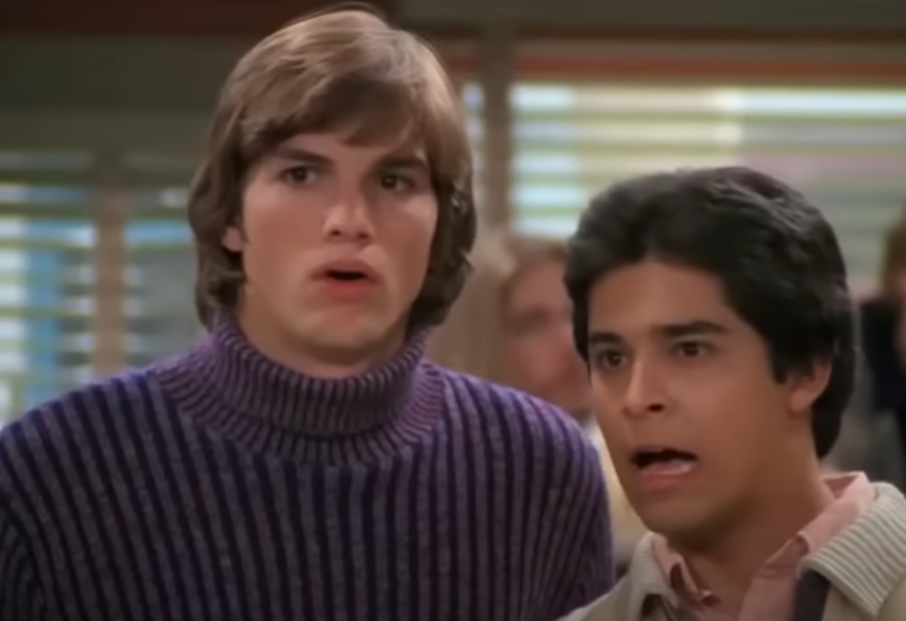 Twentieth Century, That '70s Show (1998–2006)
Twentieth Century, That '70s Show (1998–2006)
The Wonder Years (1988–1993)
Fred Savage made Emmy history at just 13, proving that young actors could carry emotional depth. His portrayal of Kevin Arnold’s coming-of-age journey resonated with audiences, and he blended humor and heartbreak effortlessly. The show's nostalgic narration and realistic storytelling made it a defining classic.
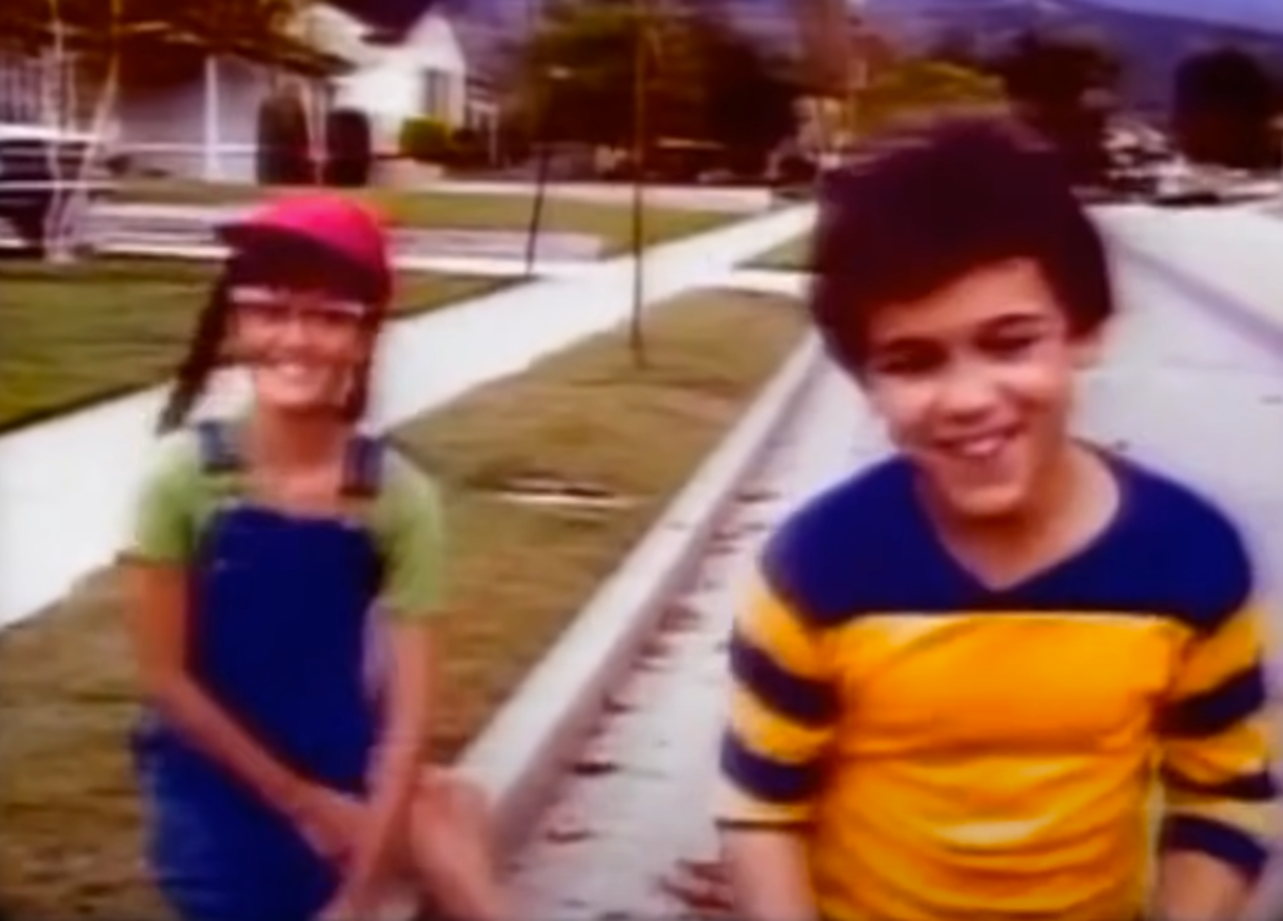 New World Television, The Wonder Years (1988-93)
New World Television, The Wonder Years (1988-93)
Family Matters (1989–1998)
The actor Steve Urkel was never meant to dominate Family Matters, but Jaleel White’s nerdy charm changed everything. His debut as the suspender-wearing genius meant just for an episode was so well-received that he went from guest star to household name.
 Family Matters | Do the Urkel | Warner Bros. Entertainment by Warner Bros. Entertainment
Family Matters | Do the Urkel | Warner Bros. Entertainment by Warner Bros. Entertainment
Malcolm In The Middle (2000–2006)
Before Breaking Bad, Bryan Cranston was the lovable and clueless Hal. His X-Files guest spot as a paranoid father impressed Malcolm’s creator, and it led to a role that showcased his comedic brilliance. His willingness to embrace slapstick absurdity made Hal one of TV’s funniest dads.
 Hal Goes Looking For A FIGHT! | Malcolm in the Middle by Channel 4
Hal Goes Looking For A FIGHT! | Malcolm in the Middle by Channel 4
Arthur (1996–2022)
"Jekyll Jekyll Hyde" wasn’t just another catchy tune—it was a spontaneous stroke of genius. Arthur’s voice actor, Michael Yarmush, improvised the entire song in a single take. Decades later, it remains one of the show’s most memorable moments, resurfacing in viral memes and nostalgia-driven tributes.
 ARTHUR: Jekyll Hyde by Arthur Read
ARTHUR: Jekyll Hyde by Arthur Read
Dexter’s Laboratory (1996–2003)
Before conquering Cartoon Network, Dexter’s Laboratory was a student project at CalArts. Genndy Tartakovsky’s quirky animation style and inventive storytelling stood out, and it earned him a full series. The show's blend of sci-fi adventure and sibling rivalry became a blueprint for modern animated comedies.
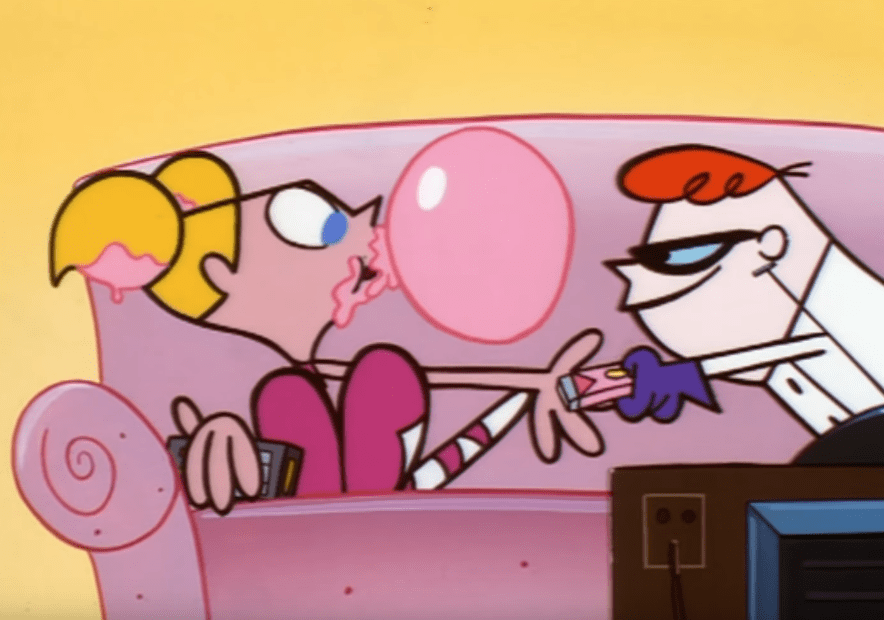 Dexter's Laboratory Hanna-Barbera
Dexter's Laboratory Hanna-Barbera
Animaniacs (1993–1998)
Beneath its wacky humor, Animaniacs smuggled in layers of satire. Writers slipped in double entendres and historical jokes that went over children’s heads but delighted adults. This sneaky brilliance earned the show a cult following. Who knew that cartoons could be both silly and subversive. Who knew?
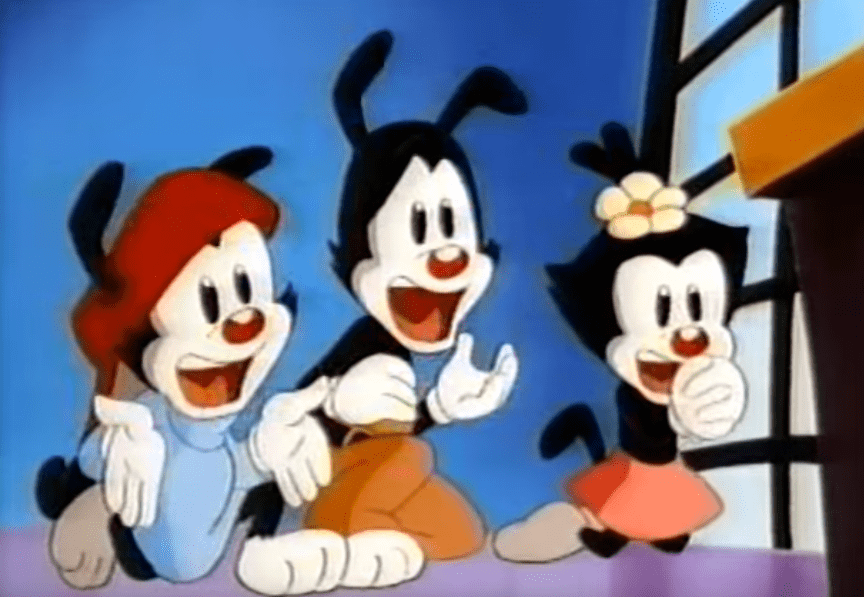 Animaniacs Page semi-protected Amblin Entertainment
Animaniacs Page semi-protected Amblin Entertainment
Courage The Cowardly Dog (1999–2002)
A few moments on children’s TV are as haunting as "Return the Slab". The eerie, CGI-animated specter was nightmare fuel for viewers, and it came straight from the creator’s childhood nightmare. This surreal horror twist cemented Courage as one of the most unsettling yet beloved cartoons.
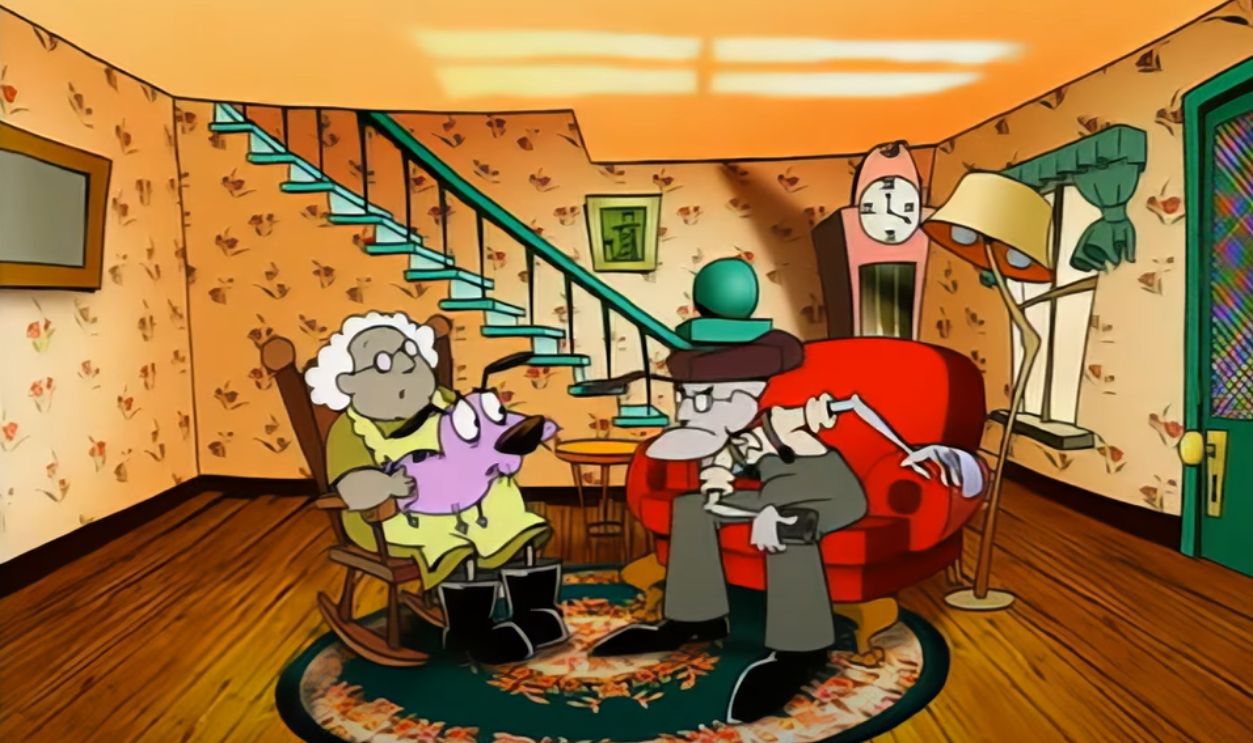 Courage the Cowardly Dog 4K 60FPS by Dropshock
Courage the Cowardly Dog 4K 60FPS by Dropshock
America’s Funniest Home Videos (1989–Present)
Bob Saget’s wholesome, family-friendly persona on AFV was a stark contrast to his notoriously raunchy stand-up comedy. While audiences saw him as the goofy host cracking dad jokes, his comedy club performances were filled with sharp, R-rated humor.
M*A*S*H (1972–1983)
No scripted TV episode has ever rivaled M*A*S*H’s finale’s staggering 106 million viewers. The emotional farewell to the 4077th unit enthralled audiences, and this cemented the show as a cultural milestone. For years, cities reported plumbing spikes as viewers waited for the episode’s end before bathroom breaks.
 MASH Goodbye-Last Day At The 4077th by Dylan Hollingsworth
MASH Goodbye-Last Day At The 4077th by Dylan Hollingsworth
Gilligan’s Island (1964–1967)
Initially, The Professor and Mary Ann weren’t named in the theme song; they were just lumped in as "the rest". After fan backlash, producers rewrote the lyrics to credit them properly. This small change cemented their place in pop culture, proving that even minor roles could leave a lasting impact.
 Mary Ann and The Professor || At The Beginning by MrsTrevorDillon
Mary Ann and The Professor || At The Beginning by MrsTrevorDillon
The Addams Family (1964–1966)
That iconic finger-snapping theme almost had lyrics, but composer Vic Mizzy felt it was too catchy to need them. He convinced producers to let the snaps carry the tune, and they agreed. Decades later, the hauntingly playful melody remains one of the most recognizable TV theme songs ever.
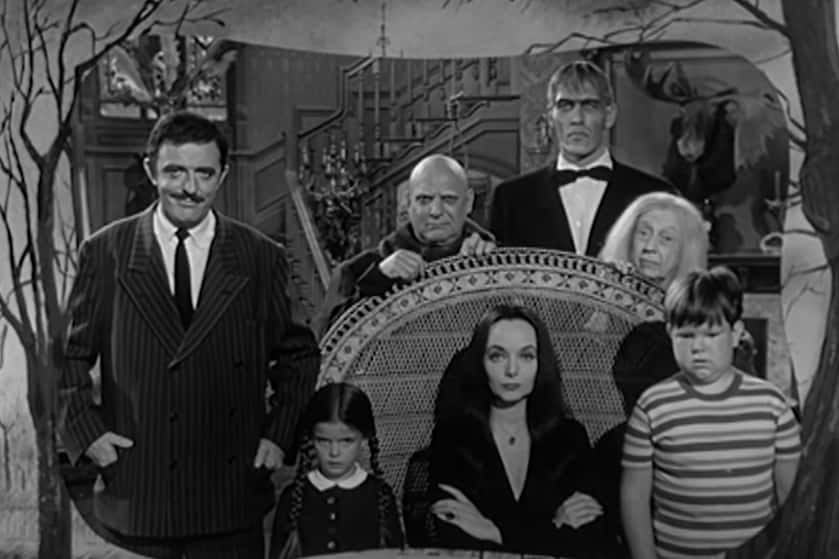 The Addams Family (1964 TV),MGM
The Addams Family (1964 TV),MGM
The Golden Girls (1985–1992)
Betty White wasn’t Rose's first choice. Producers initially wanted someone more naive, but Betty’s comedic timing sealed the deal. Also, the cheesecake the cast devoured in nearly every episode was real. They ate so much of it that they eventually got sick of it.
 Betty White's Best Rose Nylund's Moments | The Golden Girls by TV Land
Betty White's Best Rose Nylund's Moments | The Golden Girls by TV Land
The Andy Griffith Show (1960–1968)
Don Knotts nearly lost the role of Barney Fife. Initially written for someone else, the part opened up just as he considered moving on. His hilarious portrayal won five Emmys and made him a television legend. Sometimes, the best chances come at the last moment.
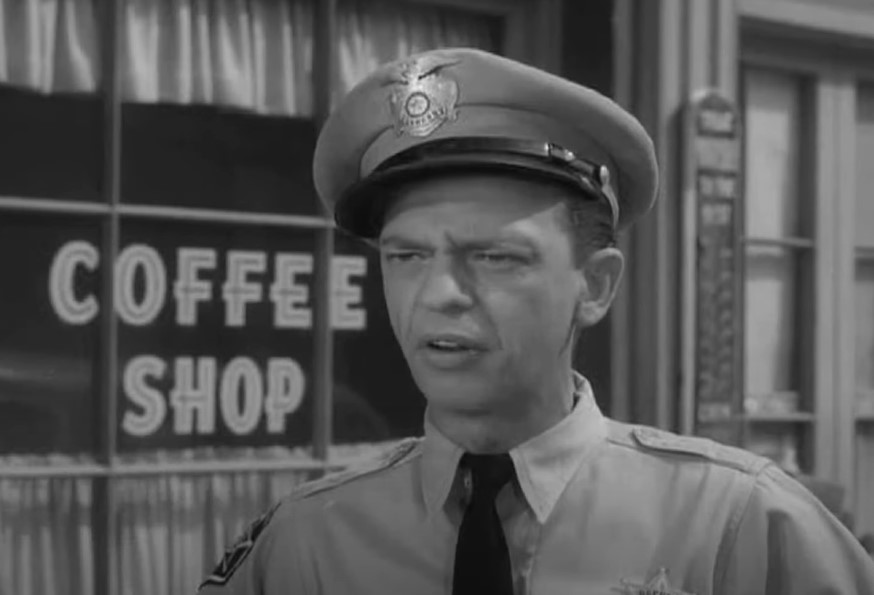 CBS, The Andy Griffith Show (1960–1968)
CBS, The Andy Griffith Show (1960–1968)
The Muppet Show (1976–1981)
Prior to Frank Oz's spontaneous diva performance, Miss Piggy was a bit part of the story. She instantly swooped up the fan favorite title due to her outrageous nature. She was so dedicated to the part that she even managed to throw an actual punch at John Denver!
 The Muppet Show Compilations - Episode 21: Miss Piggy's Karate Chops (Season 2&3) by Sam P.
The Muppet Show Compilations - Episode 21: Miss Piggy's Karate Chops (Season 2&3) by Sam P.



